Rising Disposable Income
The Camping Trailer Market is likely influenced by the rising disposable income among consumers. As economic conditions improve, more individuals and families are willing to invest in recreational vehicles, including camping trailers. Reports indicate that the average household income has increased by 5% over the past year, allowing for greater spending on leisure activities. This financial flexibility enables consumers to purchase higher-end camping trailers, which often come equipped with advanced features and amenities. Consequently, the Camping Trailer Market may experience a shift towards premium products, catering to a more affluent customer base.
Technological Innovations in Trailers
The Camping Trailer Market is experiencing a wave of technological innovations that enhance user experience and safety. Features such as smart technology integration, improved towing capabilities, and advanced safety systems are becoming standard in modern camping trailers. Recent statistics show that 40% of new trailer models now include smart technology, allowing for remote monitoring and control. This trend not only attracts tech-savvy consumers but also positions the Camping Trailer Market as a leader in recreational vehicle advancements. As technology continues to evolve, the industry is likely to see further enhancements that cater to changing consumer preferences.
Growing Interest in Sustainable Travel
The Camping Trailer Market is increasingly shaped by a growing interest in sustainable travel options. Consumers are becoming more environmentally conscious, seeking ways to minimize their carbon footprint while enjoying outdoor adventures. Camping trailers that emphasize eco-friendly materials and energy-efficient designs are gaining traction. Data suggests that 30% of consumers prioritize sustainability when making travel-related purchases. This trend indicates a potential shift in the Camping Trailer Market towards more sustainable practices, as manufacturers respond to consumer demands for greener options, thereby enhancing their market appeal.
Increased Outdoor Recreation Participation
The Camping Trailer Market appears to benefit from a notable rise in outdoor recreation participation. As more individuals seek to escape urban environments, the demand for camping trailers has surged. Recent data indicates that approximately 50 million people engage in camping activities annually, a figure that has shown consistent growth. This trend suggests a shift towards outdoor lifestyles, with camping trailers providing a convenient and comfortable means of enjoying nature. The Camping Trailer Market is likely to see continued expansion as families and individuals prioritize outdoor experiences, leading to increased sales and innovations in trailer designs.
Influence of Social Media and Online Communities
The Camping Trailer Market is significantly impacted by the influence of social media and online communities. Platforms such as Instagram and YouTube have popularized camping and outdoor lifestyles, inspiring individuals to explore trailer camping. Recent surveys indicate that 60% of potential buyers research camping trailers through social media channels before making a purchase. This trend suggests that the Camping Trailer Market must adapt its marketing strategies to engage with consumers effectively. By leveraging social media, manufacturers can showcase their products and connect with a broader audience, ultimately driving sales and brand loyalty.



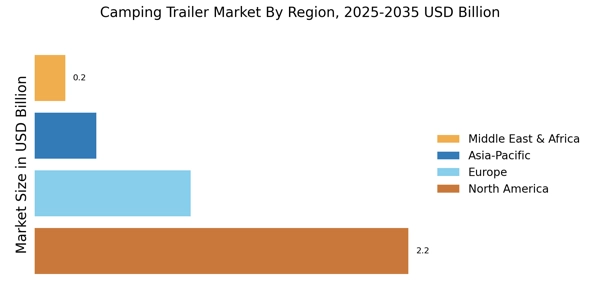
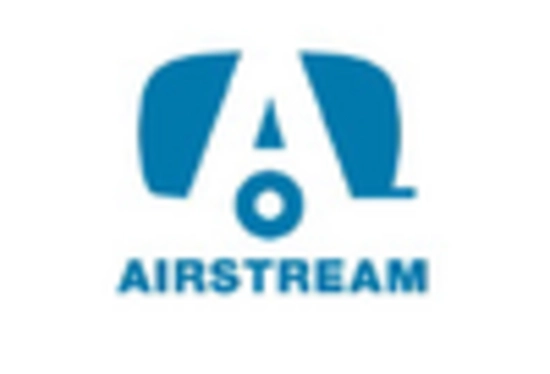
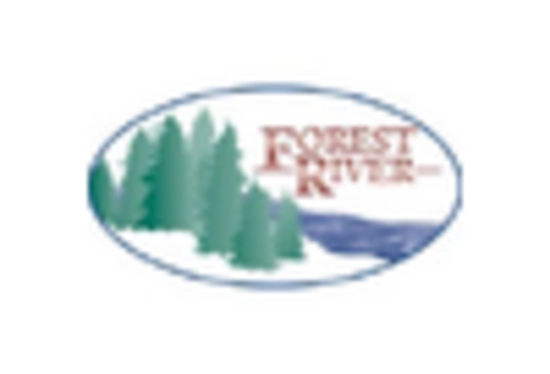
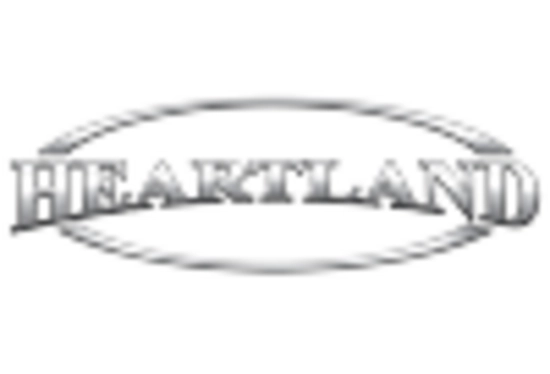

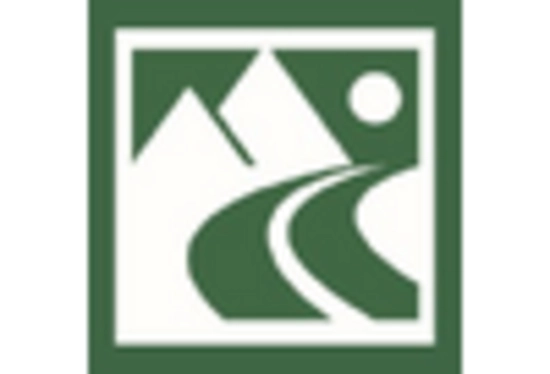
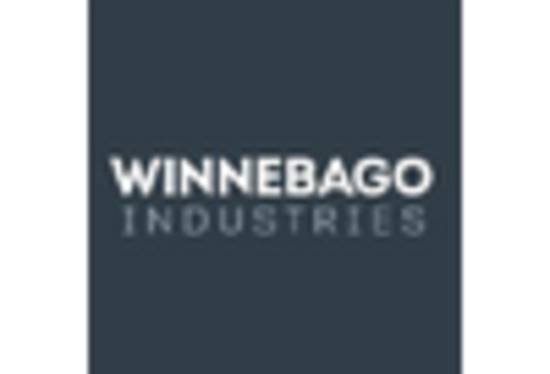








Leave a Comment